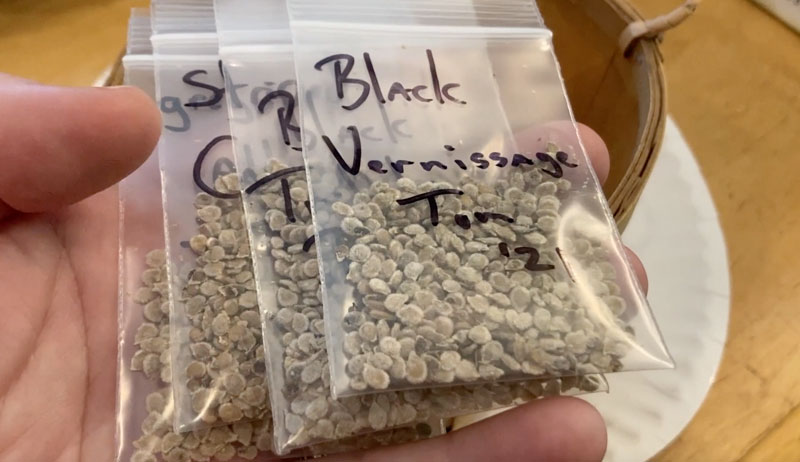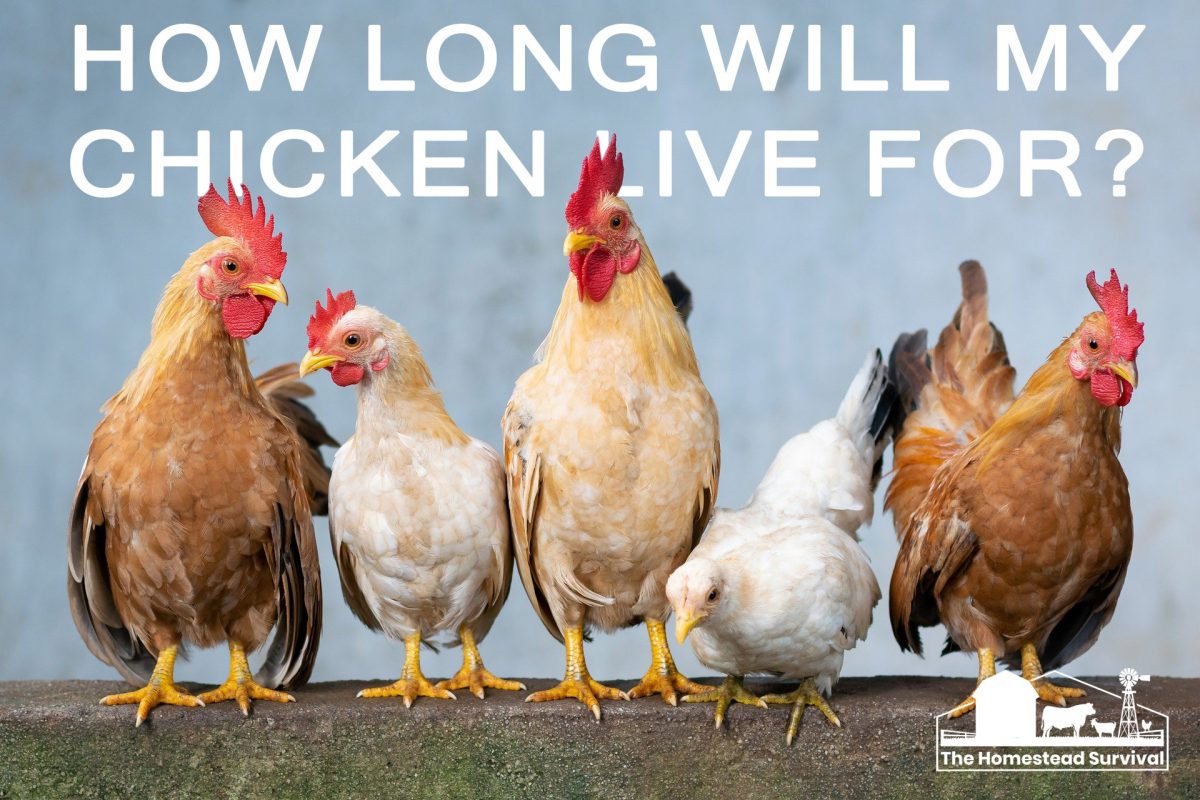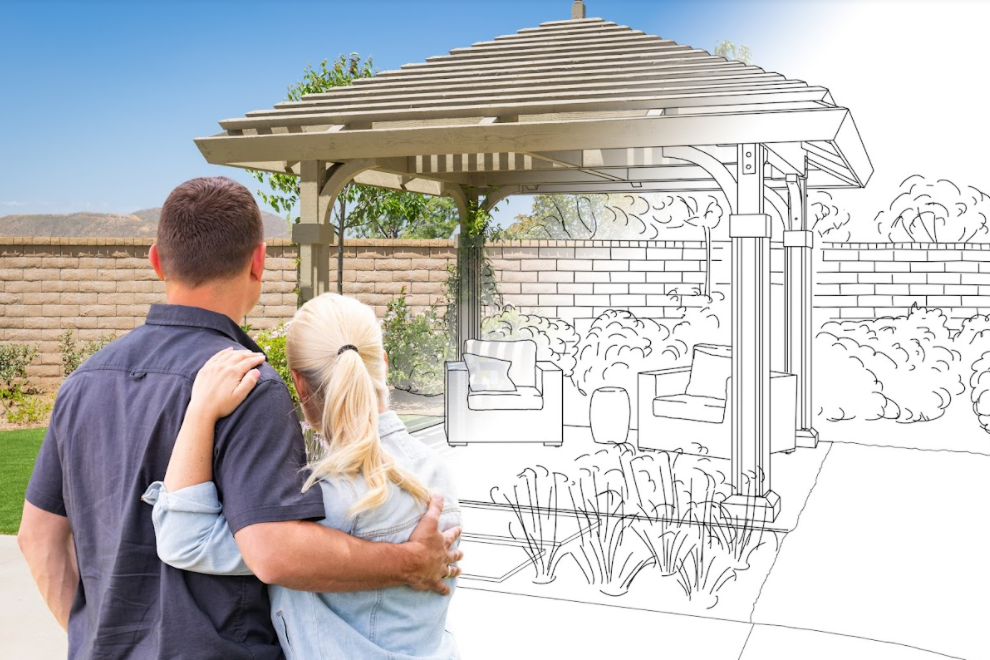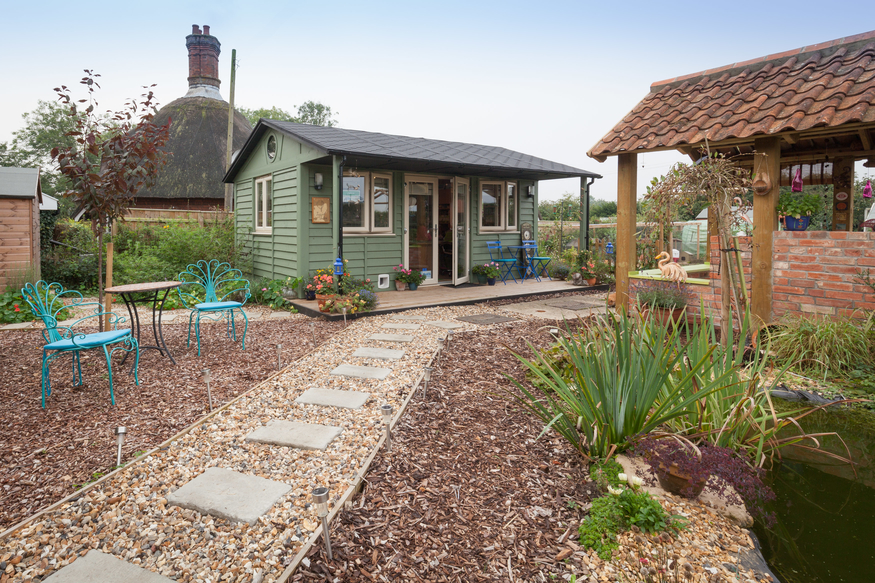There are a number of reasons why someone might want to save their tomato seeds. The first is simple economics. Saving seeds from this year’s crop to plant again next year means I won’t have to purchase tomato seeds again!
But when we save our tomato seeds, we’re saving more than just money.
Preserving Heirlooms
Some of the best, most flavorful tomatoes that we can grow are known as heirlooms. An heirloom is simply a variety that has been saved and passed down from one generation to the next for at least fifty years.
Every time we save and share our tomato seeds, we’re doing our part to preserve those varieties
Tomatoes don’t necessarily need to be heirlooms for us to save their seeds. The key to success is to grow and save seeds from open-pollinated varieties. Seeds from an open-pollinated variety produce offspring that are identical to the parent plant.
Read more: Saving seeds from these 6 garden crops is easy and fun!
What You Need to Save Tomato Seeds
There’s very little equipment required to save tomato seeds. The first thing you’ll need, of course, is ripe tomatoes. When a tomato is ripe, the seeds are ready to harvest and the fruit will signal its ripeness by changing colors, from green to red. Or orange, yellow, striped or even purple depending on the variety of tomato that you are growing!
You will also need a cutting board, knife and a container to ferment your tomato seeds in. A canning jar will do the trick, but you can always reuse any jar or container from the kitchen.
How to Extract & Ferment Seeds
When you save tomato seeds, you first need to ferment in order to remove the jelly-like coating that surrounds thes. This coating contains growth inhibitor chemicals, and removing it from our seeds will significantly increase germination rates next season.
Cut your tomato open and squeeze the seeds and juice out of the fruit and into your container. You can also use a small spoon or scoop for this job of you prefer. Add a little bit of water to the jar, cover, then set the container on a window sill for a few days to ferment.
Be sure to label the jar with the name of the variety!
Once the seeds are properly fermented, you’ll notice a white mold beginning to form at the top of the water. This is the signal that your tomato seeds are ready! At this stage, just add a little bit more water to the jar and swirl the liquid around to mix it up well.
Read more: Buy local, yes—and make sure you’re buying local garden seeds, too.
Getting Your Seeds
The contents of the jar will separate, with the mold, growth inhibitors, immature seeds and other undesirables floating to the top, and nothing but healthy, viable…











